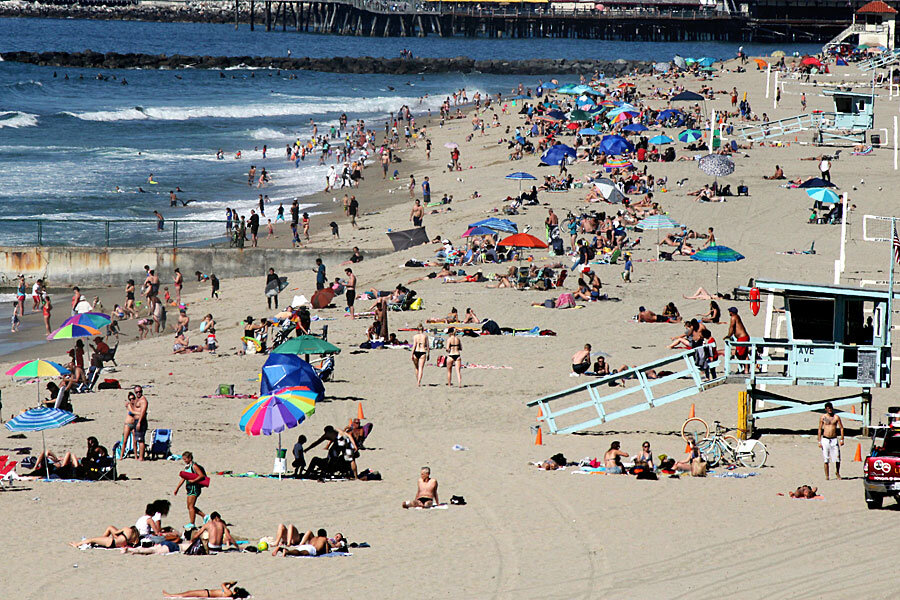El Niño offered California little relief in February: Will March be any better?
Loading...
Despite the disappointing amount of rain delivered to California so far this El Niño, residents of the drought parched state are hopeful that March will be different.
Weather experts had predicted that this year’s El Niño winter would bring heavy rain to California and the West Coast, a region that has endured severe drought in the past four years – but of no avail. El Niño is a weather phenomenon that takes place every two to seven years as a result of a periodic warming in sea temperatures across the central and east-central Equatorial Pacific. As a result, waters are warmer and Pacific coasts often see severe storms.
But the latter hasn’t been the case this year. At first, winter was cold and wet in December and January after storms brought several feet of snow to the Sierra Mountains, one of California’s primary sources of water. But because of warmer than projected water temperatures in February, the month saw much less rainfall than even non-El Niño years. According to National Weather Service meteorologist Robbie Munroe, the moderate temperatures deterred several flurries upstate.
"Typically, from past six strong El Niños, we have generally seen above normal rainfall. But since October 1 we've only seen five inches of rain so far [across Southern California]," he told the Associated Press. "We were certainly expecting a lot more."
In downtown Los Angeles, less than an inch of rain fell this past February, when typically the area receives 3.8 inches in the same period. Precipitation was also scarce in the Bay Area.
But forecasters predict that March will be different. In early to mid March, a series of storms is expected to hit the state with enough rainfall to dampen the drought, Mr. Munroe said. The Climate Prediction Center models anticipate levels to be 60 to 70 percent above normal for the first half of March.
The drought in California has taken a toll on the lives of residents as well as the state’s economy. It has cost the state's agricultural economy more than $1.8 billion, and last year, Gov. Jerry Brown (D) ordered the first set of mandatory water restrictions that called for water usage to be reduced by at least 25 percent.
This report contains material from the Associated Press.








